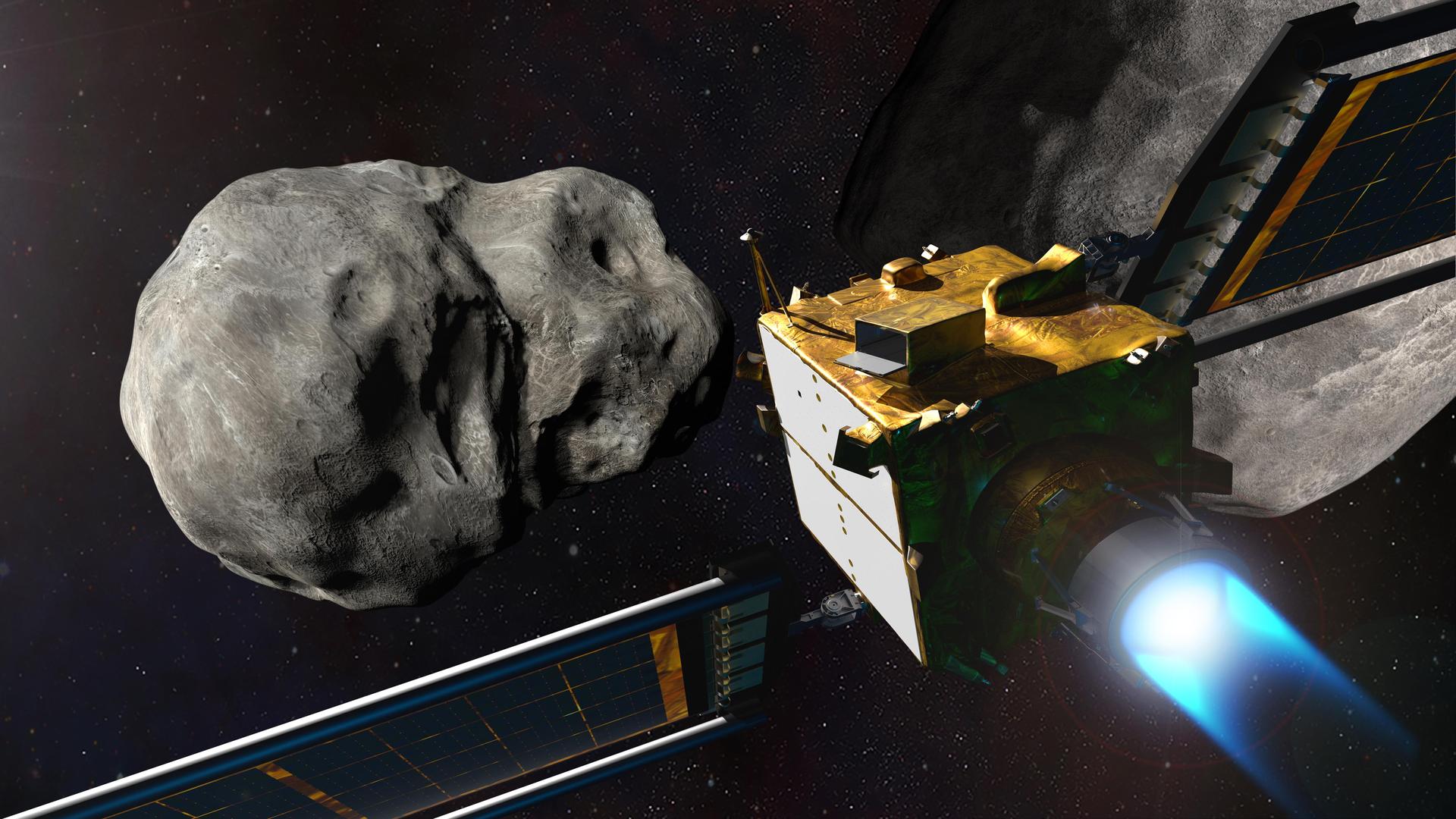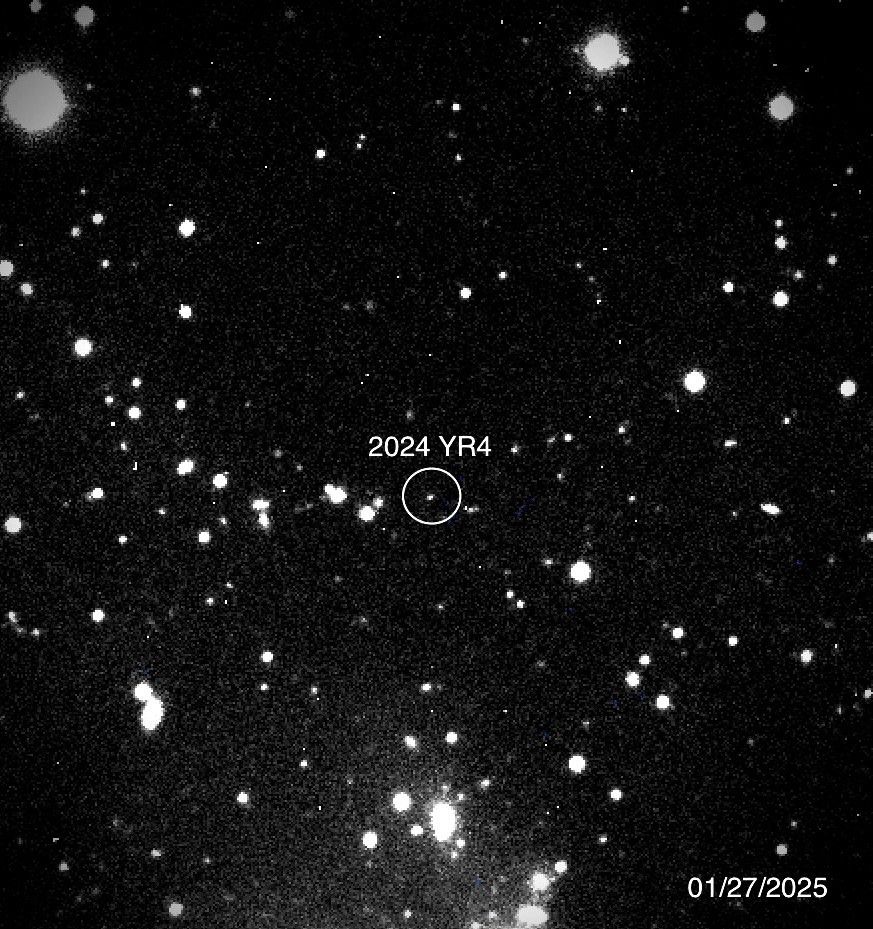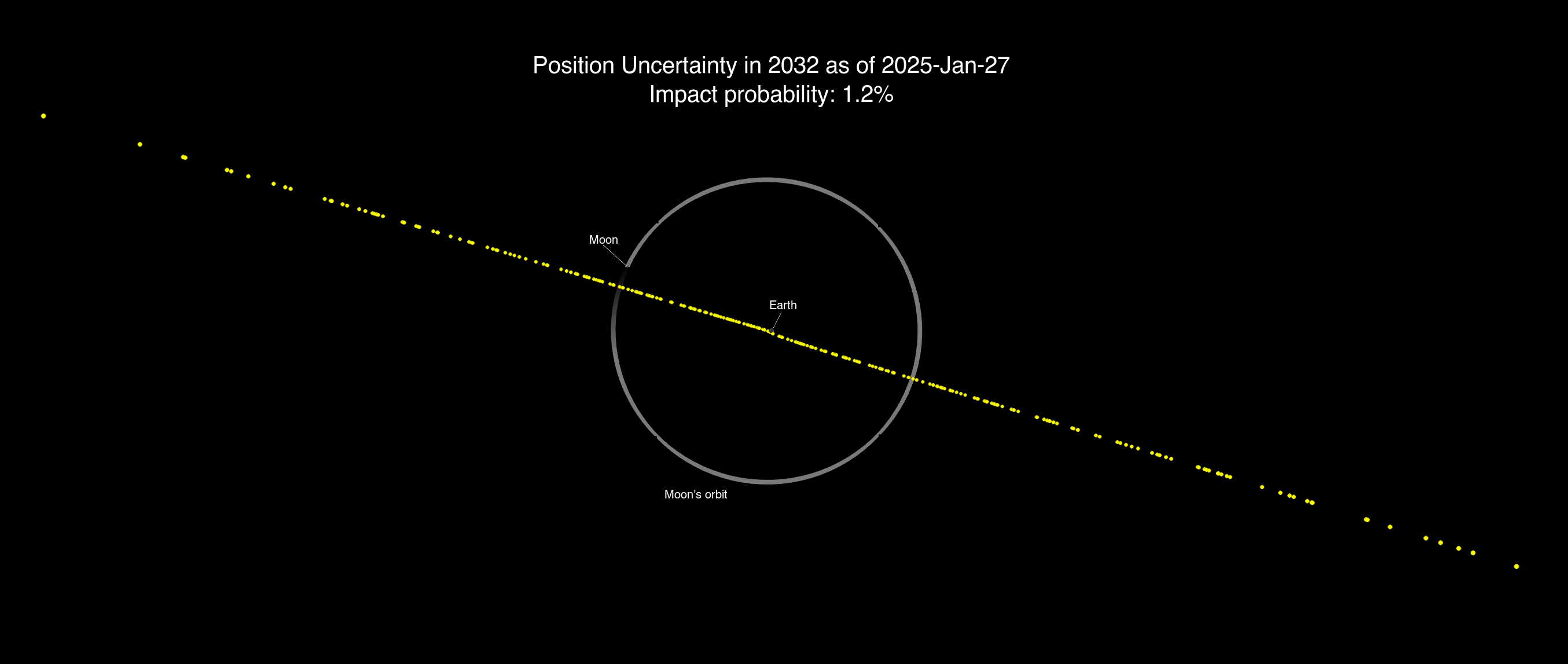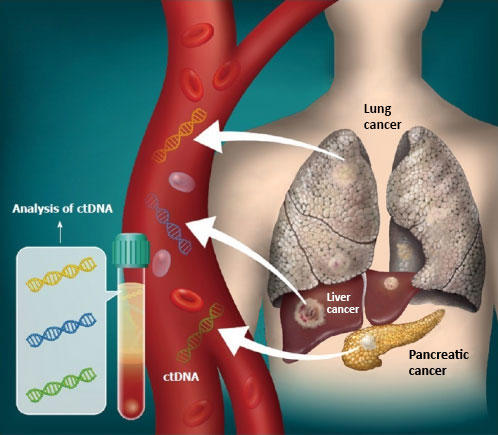5 min read

The asteroid 2024 YR4 made headlines in February with the news that it had a chance of hitting Earth on Dec. 22, 2032, as determined by an analysis from NASA's Center for Near Earth Object Studies (CNEOS) at the agency's Jet Propulsion Laboratory in Southern California. The probability of collision peaked at over 3% on Feb. 18 - the highest ever recorded for an object of its size. This sparked concerns about the damage the asteroid might do should it hit Earth.
New data collected in the following days lowered the probability to well under 1%, and 2024 YR4 is no longer considered a potential Earth impactor. However, the event underscored the importance of surveying asteroid populations to reveal possible threats to Earth. Sharing scientific data widely allows scientists to determine the risk posed by the near-Earth asteroid population and increases the chances of identifying future asteroid impact hazards in NASA science data.
"The planetary defense community realizes the value of making data products available to everyone," said James "Gerbs" Bauer, the principal investigator for NASA's Planetary Data System Small Bodies Node at the University of Maryland in College Park, Maryland.
How Scientists Spot Asteroids That Could Hit Earth
Professional scientists and citizen scientists worldwide play a role in tracking asteroids. The Minor Planet Center, which is housed at the Smithsonian Astrophysical Observatory in Cambridge, Massachusetts, collects and verifies vast numbers of asteroid and comet position observations submitted from around the globe. NASA's Small Bodies Node distributes the data from the Minor Planet Center for anyone who wants to access and use it.
A near-Earth object (NEO) is an asteroid or comet whose orbit brings it within 120 million miles of the Sun, which means it can circulate through Earth's orbital neighborhood. If a newly discovered object looks like it might be an NEO, information about the object appears on the Minor Planet Center's NEO Confirmation Page. Members of the planetary science community, whether or not they are professional scientists, are encouraged to follow up on these objects to discover where they're heading.

When an asteroid's trajectory looks concerning, CNEOS alerts NASA's Planetary Defense Coordination Office at NASA Headquarters in Washington, which manages NASA's ongoing effort to protect Earth from dangerous asteroids. NASA's Planetary Defense Coordination Office also coordinates the International Asteroid Warning Network (IAWN), which is the worldwide collaboration of asteroid observers and modelers.
Orbit analysis centers such as CNEOS perform finer calculations to nail down the probability of an asteroid colliding with Earth. The open nature of the data allows the community to collaborate and compare, ensuring the most accurate determinations possible.
How NASA Discovered Risks of Asteroid 2024 YR4
The asteroid 2024 YR4 was initially discovered by the NASA-funded ATLAS (Asteroid Terrestrial-impact Last Alert System) survey, which aims to discover potentially hazardous asteroids. Scientists studied additional data about the asteroid from different observatories funded by NASA and from other telescopes across the IAWN.
At first, 2024 YR4 had a broad uncertainty in its future trajectory that passed over Earth. As the planetary defense community collected more observations, the range of possibilities for the asteroid's future position on Dec. 22, 2032 clustered over Earth, raising the apparent chances of collision. However, with the addition of even more data points, the cluster of possibilities eventually moved off Earth.







